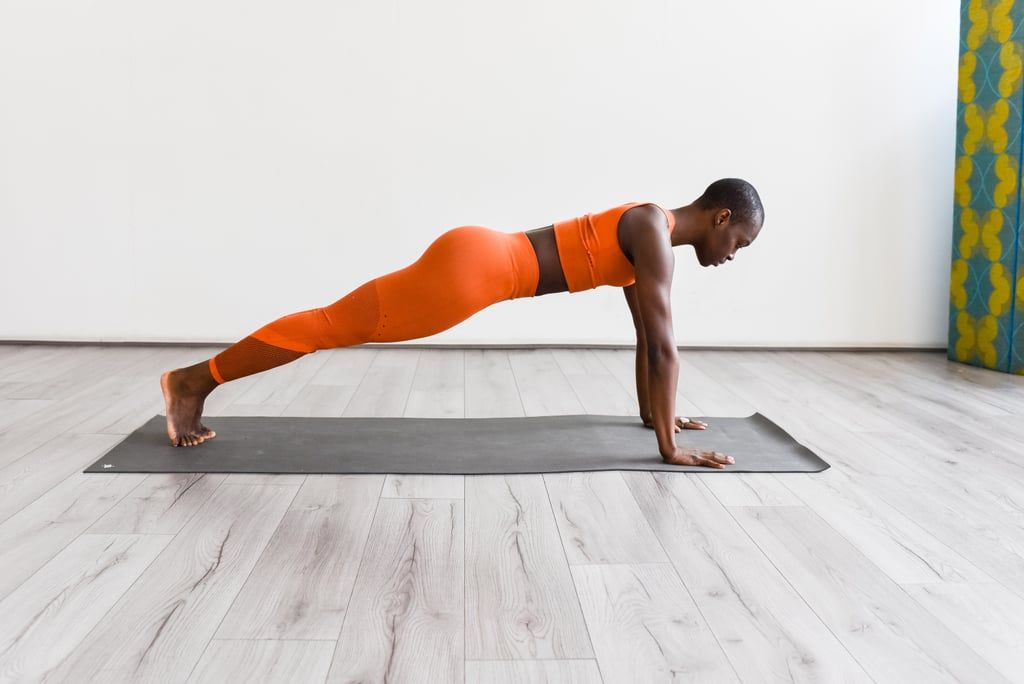Over 100 years after its creation, Pilates has gained popularity as a type of exercise. Even here in the African continent. Lishe got an opportunity to speak to Theo Botha – from Pilates South Africa.
1. I’m so glad you could join us! Our readers would love to “get to know BASI Pilates” a little bit better before we get started. Can you give us background on the “backstory”? BASI Pilates was founded by Rael Isacowitz over 30 years ago. It’s head office is situation in Newport Beach, California, USA and today have a global presence with host studios, teachers and students on almost every continent.
Rael and I go a long way back to around 1998 where he visited South Africa and presented workshops in Cape Town. I immediately knew I wanted to study with him and from there the ball started to roll where I eventually worked at his studio in the USA and subsequently I’m now the longest serving faculty member world-wide.
Being passionate about Pilates and the growth of teachers, I established the first BASI Pilates license in South Africa and from there started to train students around the country and the world with wonderful teacher trainers that joined me and subsequently building a well established community of Pilates instructors in South Africa.
2. Can you briefly describe your credentials as an expert in Pilates for our readers?
With almost 25 years’ experience in the industry and traveling the globe, teaching this remarkable method of movement plus having a Pilates studio for 23 years, I can say that I’ve been around the block… I was founder and chairperson of the first South African Pilates Association, organized 6 international conferences, taught at local and international conventions, plus guiding 100’s of students through the process of becoming highly skilled Pilates instructors. In a nutshell.
3. So that everyone is on the same page, let’s start with a simple definition. What is Pilates, exactly?
Pilates is a specialized form of exercise with 10 principles that anchor its methodology as a mind-body form of exercise. It consists of mat work, but also extensive repertoire on specialized equipment, e.g. Reformer, Cadillac, Wunda Chair, Spine Corrector and more.. Pilates focuses on stabilization, mobilization, functional movement and corrective retraining. It was created by Joseph Pilates over 100 years ago and with recent research, we now know he was a true visionary. A man many years ahead of his time.
4. What distinguishes Pilates from the other types of movement experienced? Especially since many think Pilates and yoga are the same.
There are similarities between Yoga and Pilates, but there are also very defined differences between the two modalities. Pilates has no spiritual connotation in the work, rather an emphasis is placed on concentration, awareness and breathing. Pilates consists of more dynamic movements and resistant training is incorporated, using the Pilates equipment.
5. What are the most significant advantages that regular Pilates practice has given you personally and as a teacher?
Regular practice as a Teacher…. Hmmmm, interesting question. I always answer it on behalf of clients. Well, it really is the best start to my day as I try to incorporate it into my morning routine before the day breaks. A perk of this job is that is helps you to stay in shape and ensures a strong, flexible and mobile body. As we age, something I’m grappling with at the moment, Pilates definitely assist with the prevention of poor posture and painful conditions. The fact that I really enjoy my job and helping people, means this kind of work has really been so fulfilling on every level. What has given me the most satisfaction over the years is that I’m teaching people a skill where they will go out to change the lives of others. There is really no bigger gift.
6. Who do you believe Pilates will help the most?
That is the beauty of this method, anybody can do it! Young, old, men, women and children. It really depends what your goal is and what you want from Pilates which you need to communicate with your instructor, but the exercises by design is beneficial for so many populations which targets muscles and movement that optimizes strength and range of movement, stuff we need in every activity we do. From recovery from an injury to doing it to compliment high level activities such as cycling, running, swimming, etc. Pregnant woman and the elder also benefit hugely from doing Pilates, but that is a topic for another day.
7. Could you please share your “5 Ways That Pilates Can Enhance Your Health and Welfare” based on your research or experience?
Optimizes functional movement
Improve Posture
Stimulate awareness between body and mind
Provide the tools to de-stress
Compliments every activity
8. In my own Pilates practice, I place a strong emphasis on the necessity of the right technique. What do you think about the significance of technique in Pilates, in light of your experiences and research?
Technique is key. The body will always take the route of least resistance. This route is not always the right route, which then turn into ‘compensations’. Encouraging optimal technique ensures that you teach a person how to move functionally, which in the long term prevents injury and optimizes performance.
9. What is the most effective way for our readers to keep up with BASI online?
Social Media:
IG: @basipilates
Facebook: BasiPilates
Theo Botha IG: @theopilatessacoza
For courses in Pretoria: theo@pilatessa.co.za




